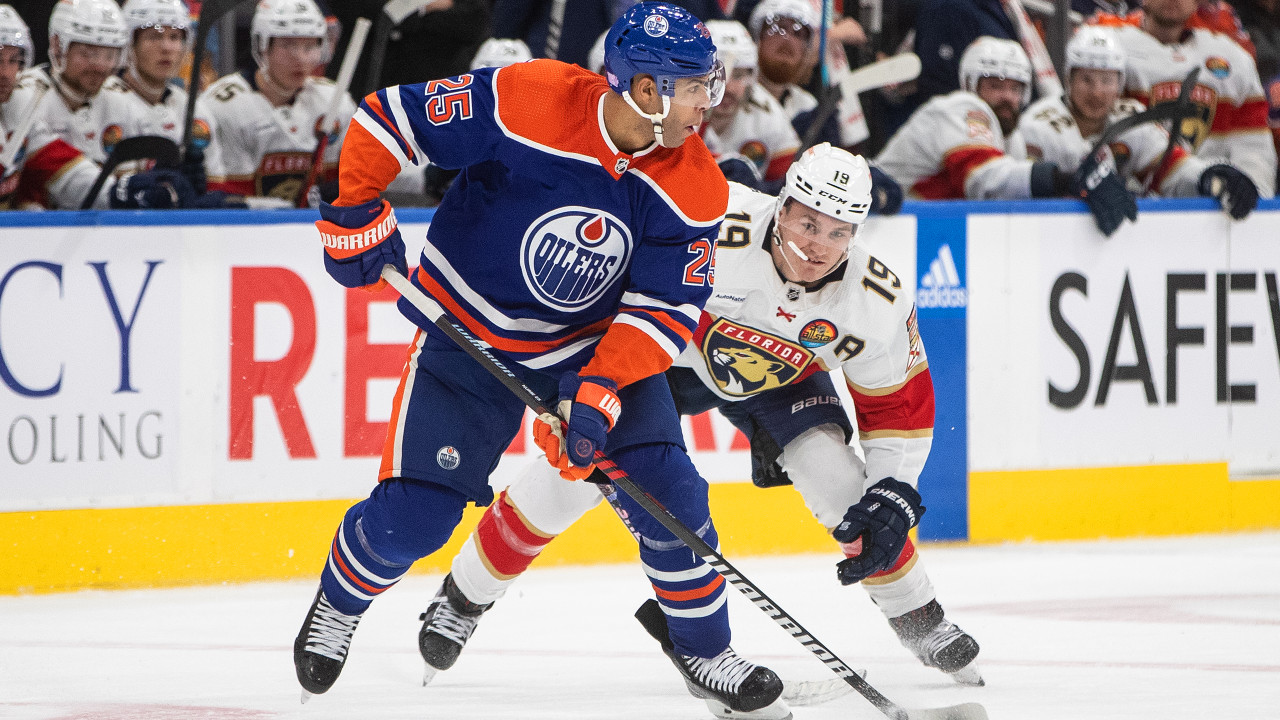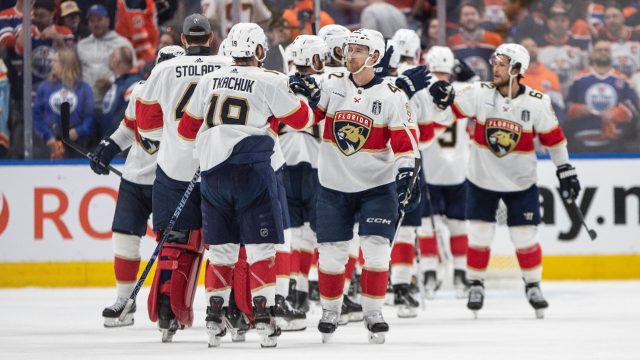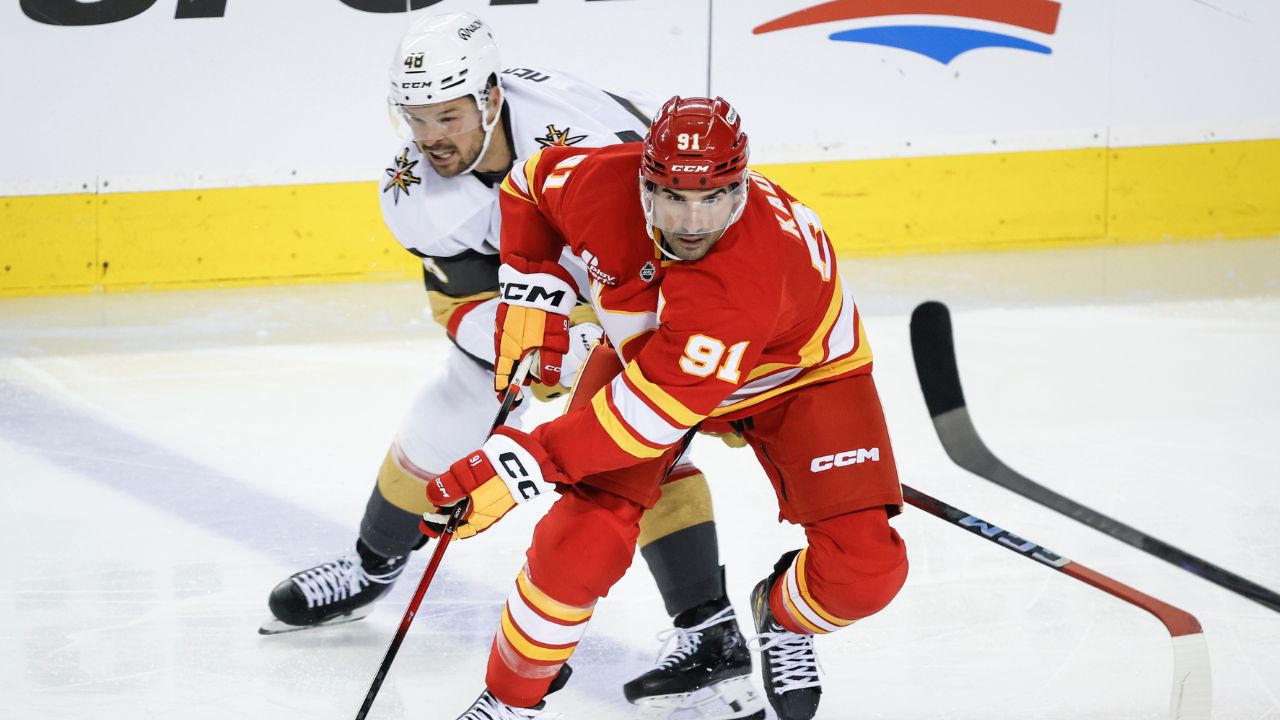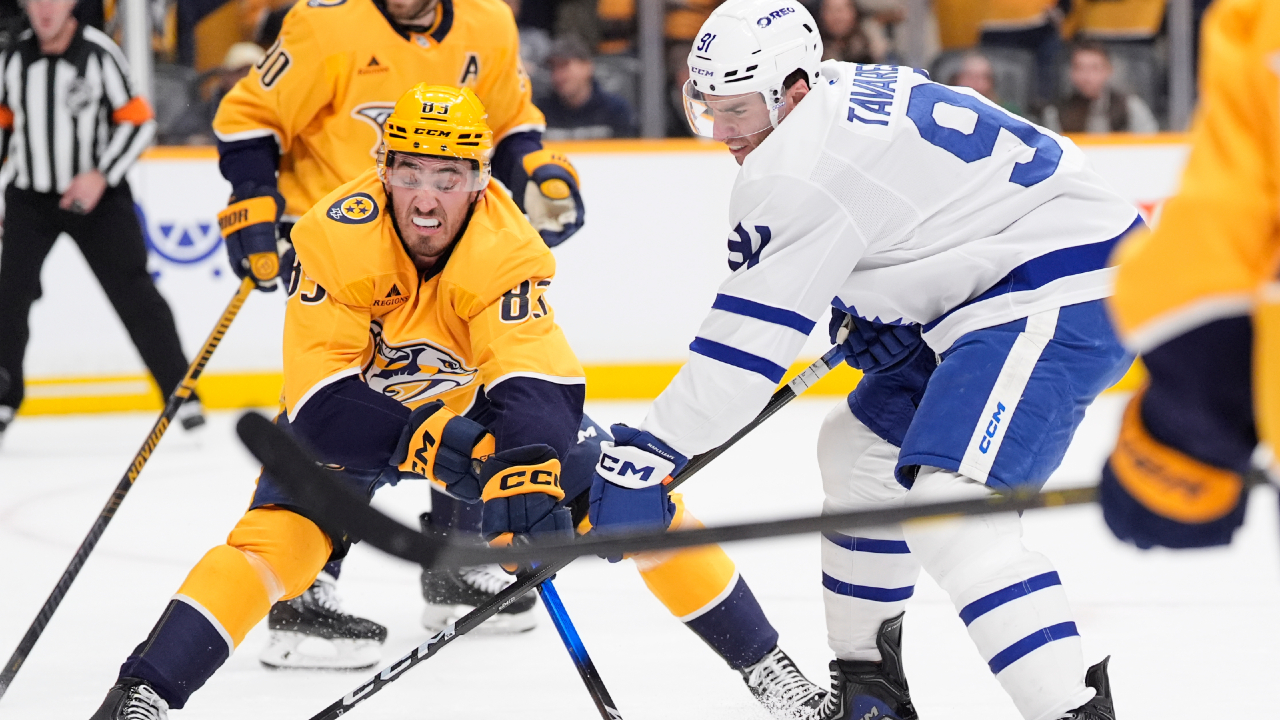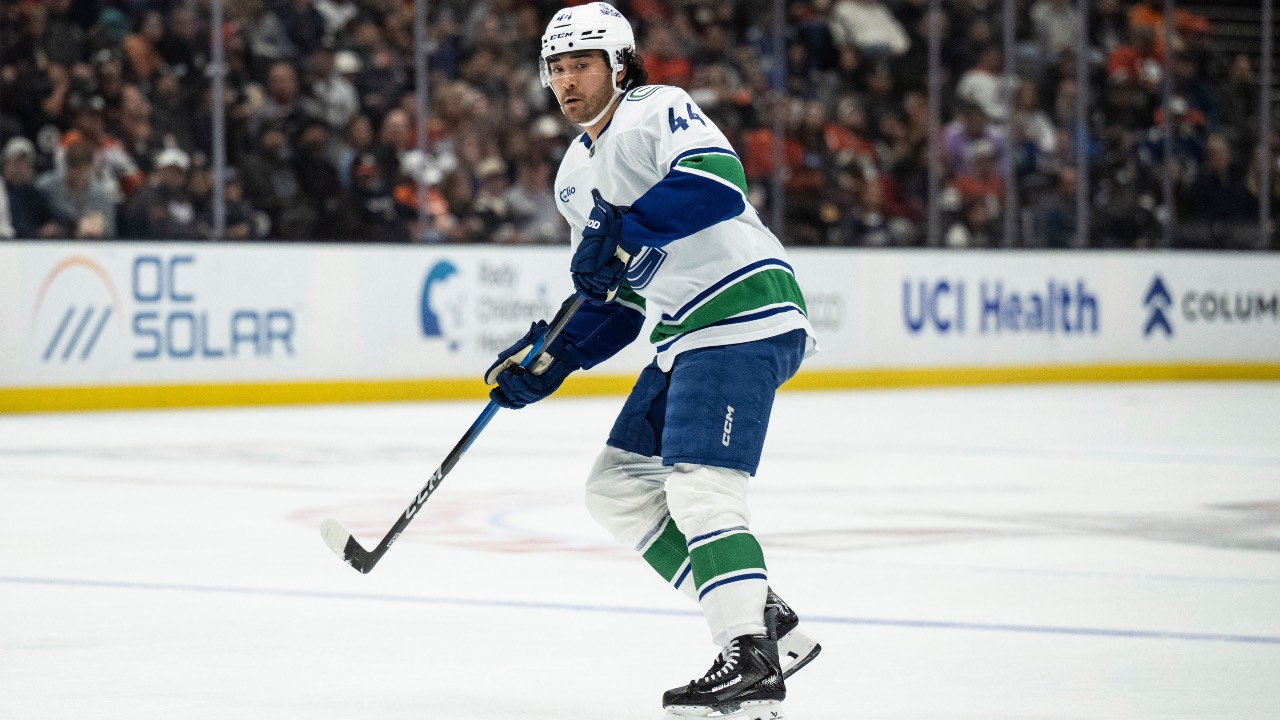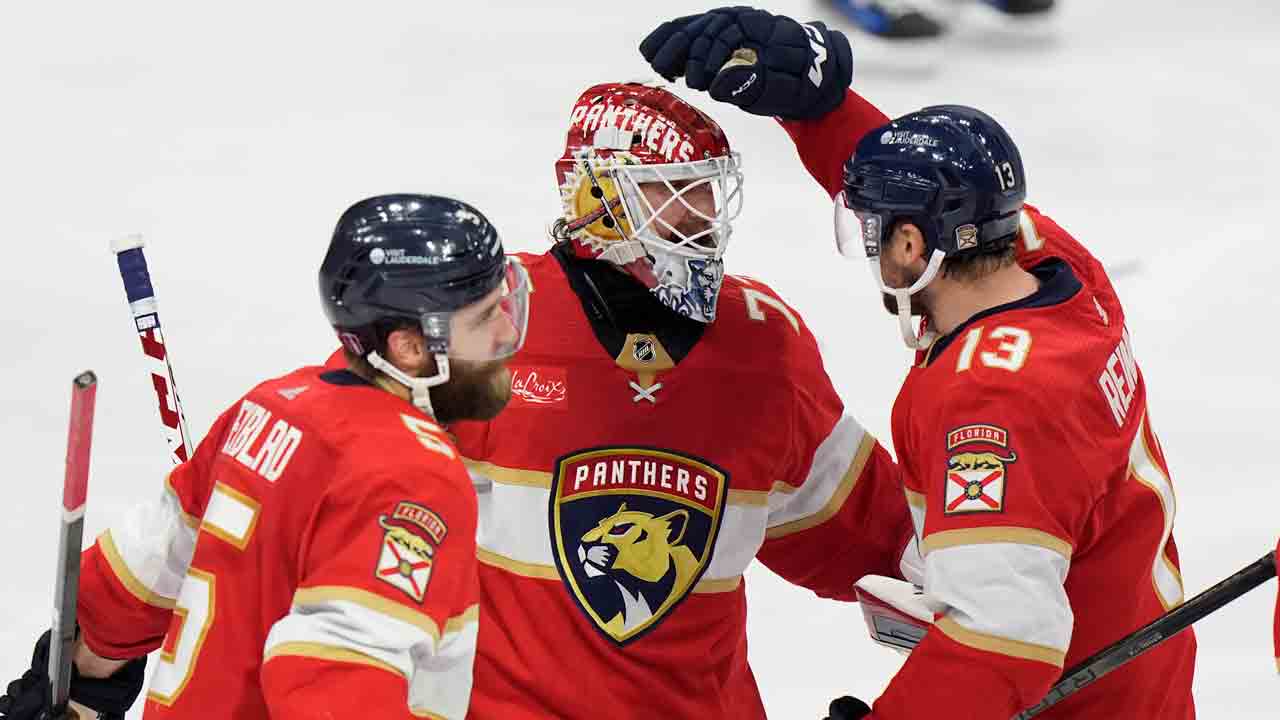
One of the greatest compliments I hear about my dad’s New York Islanders teams of yore is that they could play it almost any way you wanted to play it. They could do skill and speed, they could do brawn and battle, and in a few special cases those attributes existed within the same body. Given the era it was, they were able to win their four Stanley Cups with a staggering 16 players present for each. With just a few add-on names, they knew they were solid all the way through.
Imagine keeping and paying 16 Stanley Cup winners with contracts regularly coming up throughout the process — you just couldn’t do it today. You can picture how quickly the salary cap would make you unload players the way the Tampa Bay Lightning have had to move on from valuable contributors over the past five seasons.
Because we’ve had a flat cap for years, almost every team has flaws and nothing will stress test each area of your roster like four rounds of playoff hockey over two months. You can turn your team’s ugly side to the wall like a bad Christmas tree over small samples of regular season hockey, but not over this much playoff hockey.
At this point, I think it’s reasonable to suggest the Florida Panthers have shown themselves to have the fewest cracks of any NHL team this season. There are teams that have more firepower, or more star power, but none who can claim stability through their 12th forward (and I’d argue through their 14th) or through their six defencemen and two goalies.
In Game 3, the Panthers’ fourth line was Kevin Stenlund, Kyle Okposo, and Steven Lorentz, who each put up double-digit goal totals either this season or last. Stenlund and Lorentz are 6-foot-4 and 6-foot-3 respectively, both have over 200 games and are prime ages (late-20s), while Okposo is the heaviest of the three and has 1,000 NHL games and 600-plus points. That’s a pretty solid fourth line that barely played, didn’t factor into any huge minutes, and yet could be trusted to handle a couple shifts a period and control the game when they were out there.
I only mention Florida’s non-core players at all because in watching what was a massive goal (the Panthers’ third) I couldn’t help but notice Philip Broberg force one up the wall to Dylan Holloway, who tried to get it out under pressure but couldn’t, and think about how recently these guys had been playing AHL hockey. That’s the stress test.
And to be clear, that’s not a knock on those players or what they’re going to be — they’ve taken huge strides and look like they’re going to be helpful NHL players for the Oilers. But the Stanley Cup Final is a tough proving ground, and they failed to make a play at the wrong moment. Granted, it was only highlighted because Darnell Nurse turned a puck over, which came not long after Cody Ceci got beat to a puck and Holloway didn’t prioritize defence enough to keep Vladimir Tarasenko from getting a freebie.
None of these plays were awful (save for maybe the Nurse turnover), but players who are more experienced and/or defensively responsible might find a way to make better plays there.
Stuart Skinner, for his part, has played fine in the Cup Final. But the stress test came for him too, when he faced a number of Grade A chances that you’d expect to go in and they, well, went in. In a game that was decided by one goal, Sergei Bobrovsky just made a few more saves on Grade A looks, and that was the difference. Bobrovsky has been great in the playoffs two seasons in a row, and having been there before gives him some experience to lean on in this year’s push.
This Oilers have shown that their top-end is so insanely good that it can bring the stress test to other rosters and make them crumble. Teams have gone crazy chasing around Connor McDavid and Leon Draisaitl, who have exposed their opponents’ flaws in the process. But with the big boys slowed down here somewhat — Draisaitl hadn’t gone three scoreless games since before the pandemic, and McDavid has yet to score — it’s shined a light on other parts of Edmonton’s roster that has maybe been able to hide in the shadows against lesser opponents.
This is, of course, over-simplifying to some extent. You could break down the Xs and Os of the five-on-five play and show how the Oilers are doing a great job creating (though I’d counter some of that is score effects). You can show how the Oilers’ power play always finds a way eventually (though they’re running out of time). You could break down coaching and matchups and systems and bad bounces and missed calls until you’re blue in the face.
But most teams that have won a Stanley Cup will tell you that, at some point, every part of your team construction will get tested. Brian Burke tells a number of stories about how you need a team built to handle different series styles to go the distance. And that’s when I go back to my dad’s Islanders teams, and how fortunate they were to be able to keep such a multi-tooled roster together for so long.
During the 2023-24 season no team, save for Florida, has had remotely those types of “do it any way you wanna do it” vibes.
As teams get pushed over four playoff rounds, it’s become clear that the Panthers may not have the best top-end, but they sure have the fewest flaws. The Oilers will have some time to paper over their flaws and to figure out some patches for their holes, as they try to avoid seeing the Cup handed out on their home ice. But the solution there will be the same ask it’s been regularly for years — for McDavid and Draisaitl to figure it out and break their opponent — or this very complete Panthers team will finally get it done.
The Oilers have two days to find some Panthers weakness that’s yet to be exposed through two months of post-season hockey. The good news is, if it’s there, you’d bet on their two stars finding it.
But if they don’t it’s not a matter of if, but when Florida wins its first Stanley Cup in franchise history.


